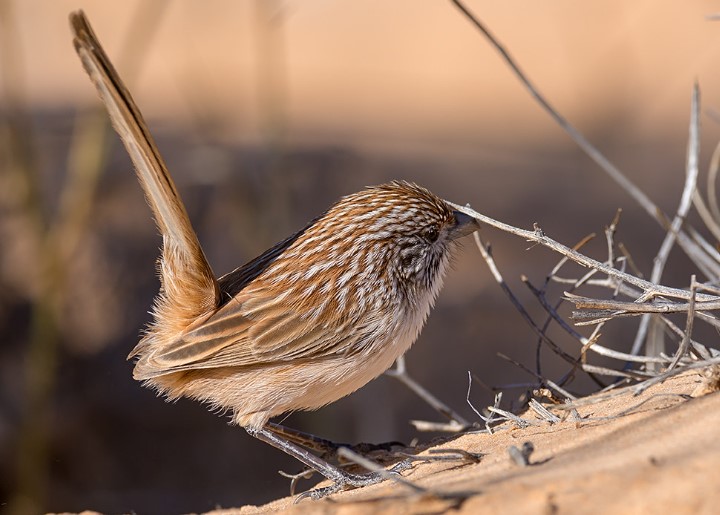Family: The cattle egret (Ardea ibis) is a member of the heron family Ardeidea in the genus Bubulcus.
Habitat: Cattle egret habitat in the warm-temperate, subtropical, and tropical regions. Cattle egrets are named because of their habit of feeding around the feet of slow-moving cattle and buffalo. They even perch on them to rest and pick insects and parasites off their hides. Cattle egrets roost and nest colonially in tens to thousands with other water birds, in trees and shrubs lining waterways, earlier than other egrets in northern Australia. While cattle egrets remove and eat flies and ticks, this practice benefits both species, but it has also been connected to the spread of diseases that ticks spread to animals.
Identification: Both adult sexes are identical. When feeding, the egret’s eyes are positioned to allow for binocular vision, and physiological research indicates that they could be able to engage in nocturnal or crepuscular activities. The plumage is white. When breeding, the crown, neck, and back tinged orange-buff; the face skin and eye ring were red. The eyes are yellow. The bill is red with a yellow tip. The feet are red. In non-breeding, the face skin is green-yellow, the bill is pale yellow, and the feet are yellow-olive. The immature bird is a non-breeding adult. The downy young is drab and whitish; his bill, face skin, and feet are dull grey.
Behavior: Males choose each nest site, defend it, call, raise their plumes and wings, and brandish twigs to attract females. Although cattle egrets were introduced in the 1930s and 1940s, their many thousands across far northern Australia today suggest self-introduction from Asia then. They no longer possess the ability of their wetland cousins to precisely adjust for light refraction by water since they have adapted to foraging on land. Because of its thought to be a biocontrol agent against cattle parasites like ticks and flies, cattle producers love the cattle egret. Cattle egrets avoid both quicker and slower-moving herds and instead choose to feed around species that move at a pace of 5 to 15 steps per minute when there are lots of huge animals around. Research has demonstrated that when cattle egrets forage next to a large animal, their chances of success are significantly higher than when they feed alone.
Diet: Unlike other herons, the cattle egret is usually found in fields and dry grassy areas, although it does occasionally feed in shallow water. This is because it depends more on terrestrial insects for its diet than it does on aquatic prey. The birds are communal and forage mainly in wet pasture in groups of two to twenty, feeding on a variety of insects and, less often, small aquatic animals. They strut along, heads nodding, make a quick dash, and strike; small prey is swallowed at once. The diet of the cattle egret can be somewhat variable at times; on islands where seabird colonies exist, it will feed on the eggs and chicks of terns and other seabirds.
Movements: Cattle egret populations vary widely; in many places, populations can be both sedentary and migratory. Some are dispersive, and it can be challenging to distinguish between the two. Flocks have been observed overseas and in oceans, including the middle of the Atlantic, and they are capable of flying great distances.
Nesting and Breeding: Cattle egret nesting and breeding occur throughout the year, mainly in the early summer in the north. Nests consist of sticks, built by males in a fork or upright branch of a tree.
Eggs and Incubation: The bird lays 3-6 eggs, white-tinged blue-green, oval, about 45 x 33 mm. The incubation period is about 22–26 days for both sexes. Young fledge in 25–27 days.
Distribution: The cattle egret has been found in coastal Australia since the 1940s, as well as in the Americas, Africa, and Eurasia. In the 1960s, it started making frequent trips to New Zealand. The species was brought to North America in 1941, and it was bred in Florida in 1953. It moved quickly, breeding in Canada for the first time in 1962. Today, it is frequently spotted as far west as California. In 2008, breeding was first noted in the United Kingdom, just one year after an influx the year before.
Size: Cattle egrets measure about 485–530 mm in length with a wingspan of 89–96 cm and weigh 270–512 g.
Vocalizations: Cattle egret call is chauring croaks at nest.
Relations with Humans: The relationship between humans and cattle egrets is not always positive. The egret has been linked to the spread of animal diseases like heartwater, infectious bursal disease, and possibly Newcastle disease. Its habit of feeding in large groups on the grassy verges of airports poses a safety hazard to aircraft.
Threat: The adult cattle egrets have few predators. They are susceptible to raids by birds and mammals; malnourishment, calcium deficiency, or being startled by larger birds can kill their young. Pairs of crested caracaras have been observed chasing cattle egrets, forcing them to the ground and ultimately killing them.
Races: There are two races, one reaching Australia.
Read More: Intermediate Egret (Ardea interrnedia)










